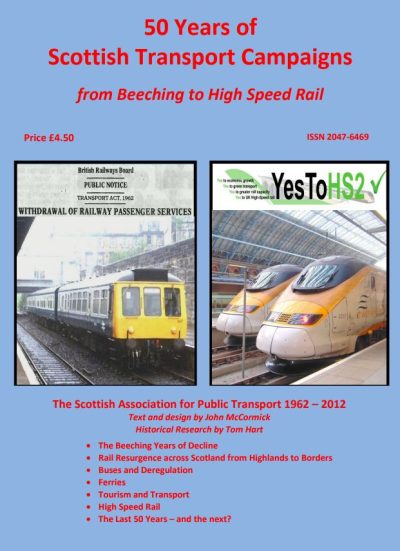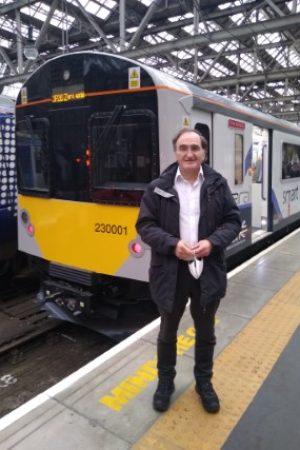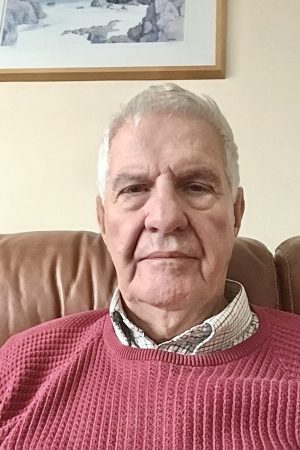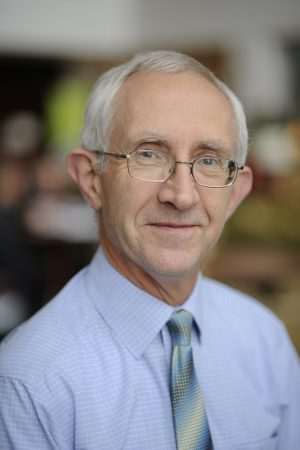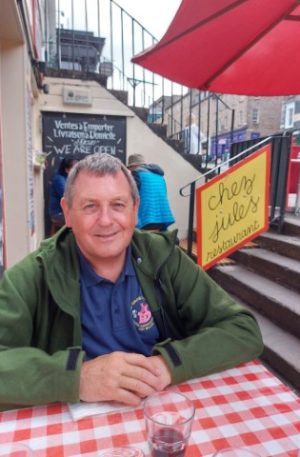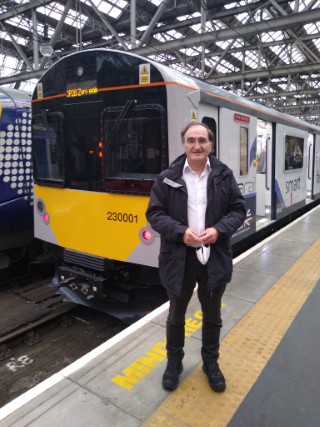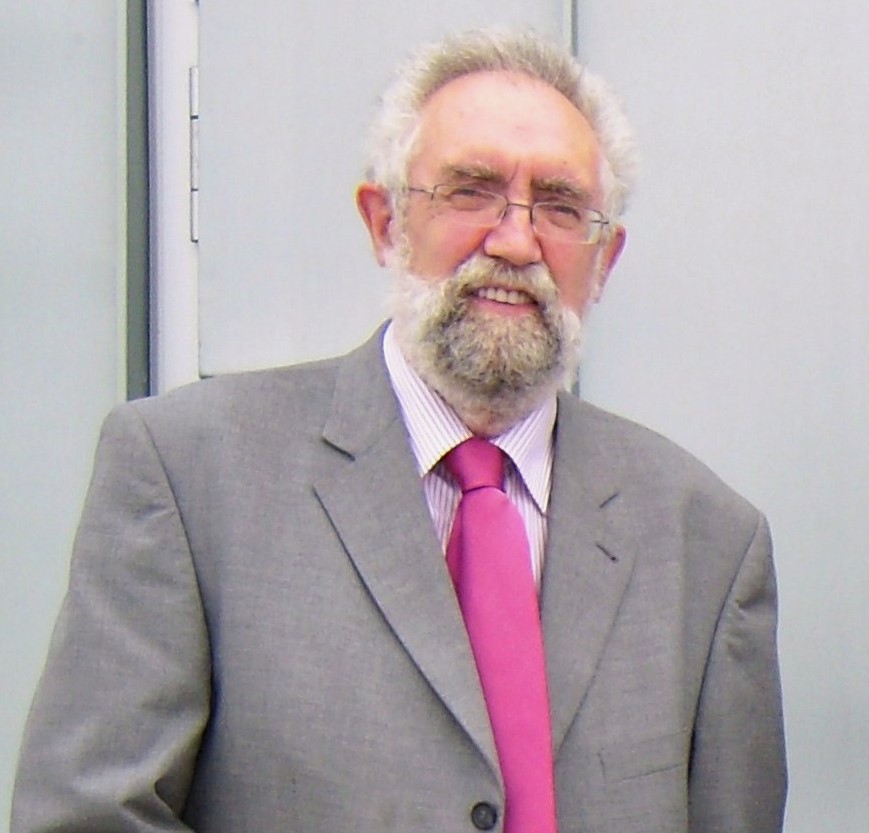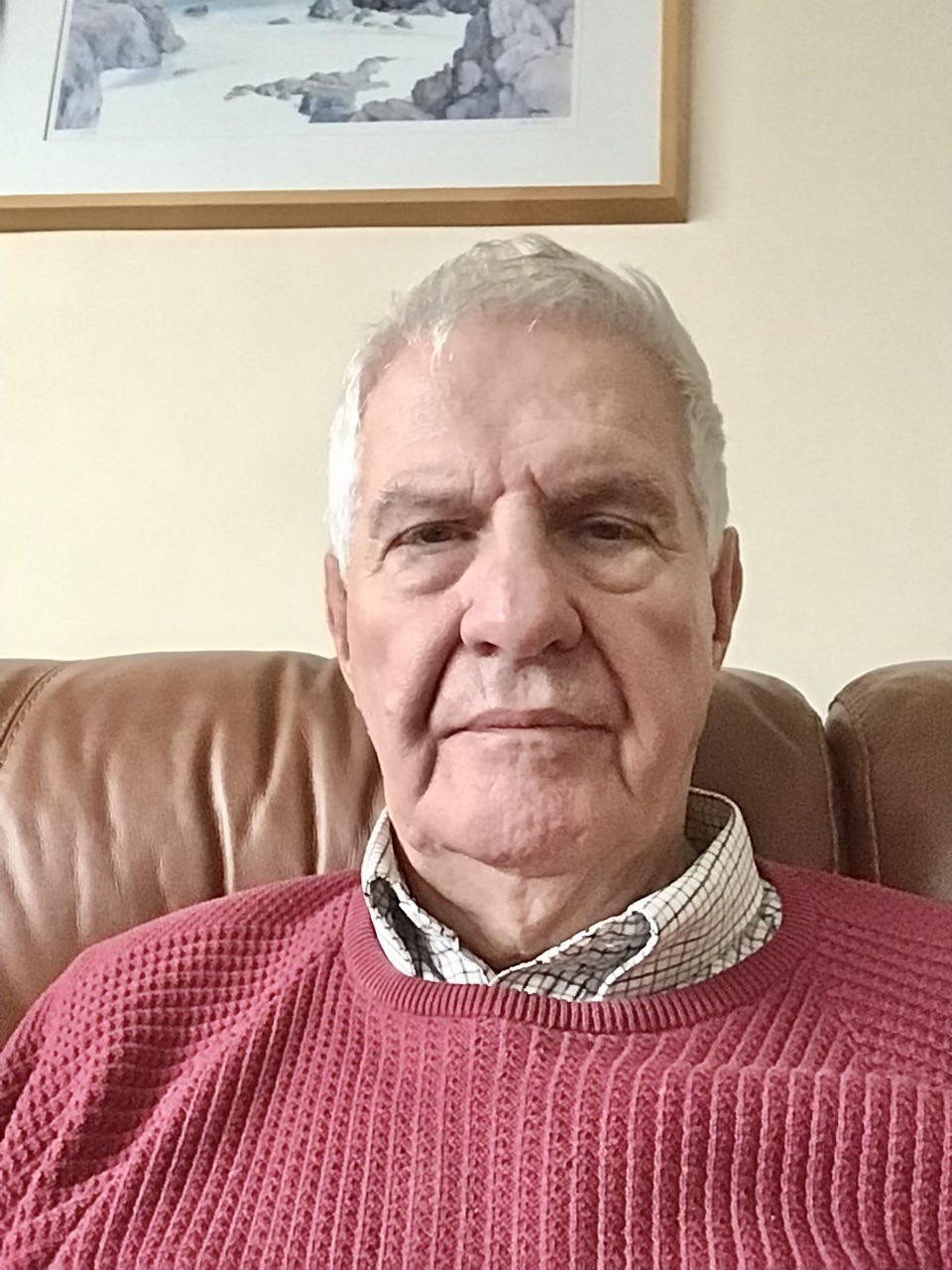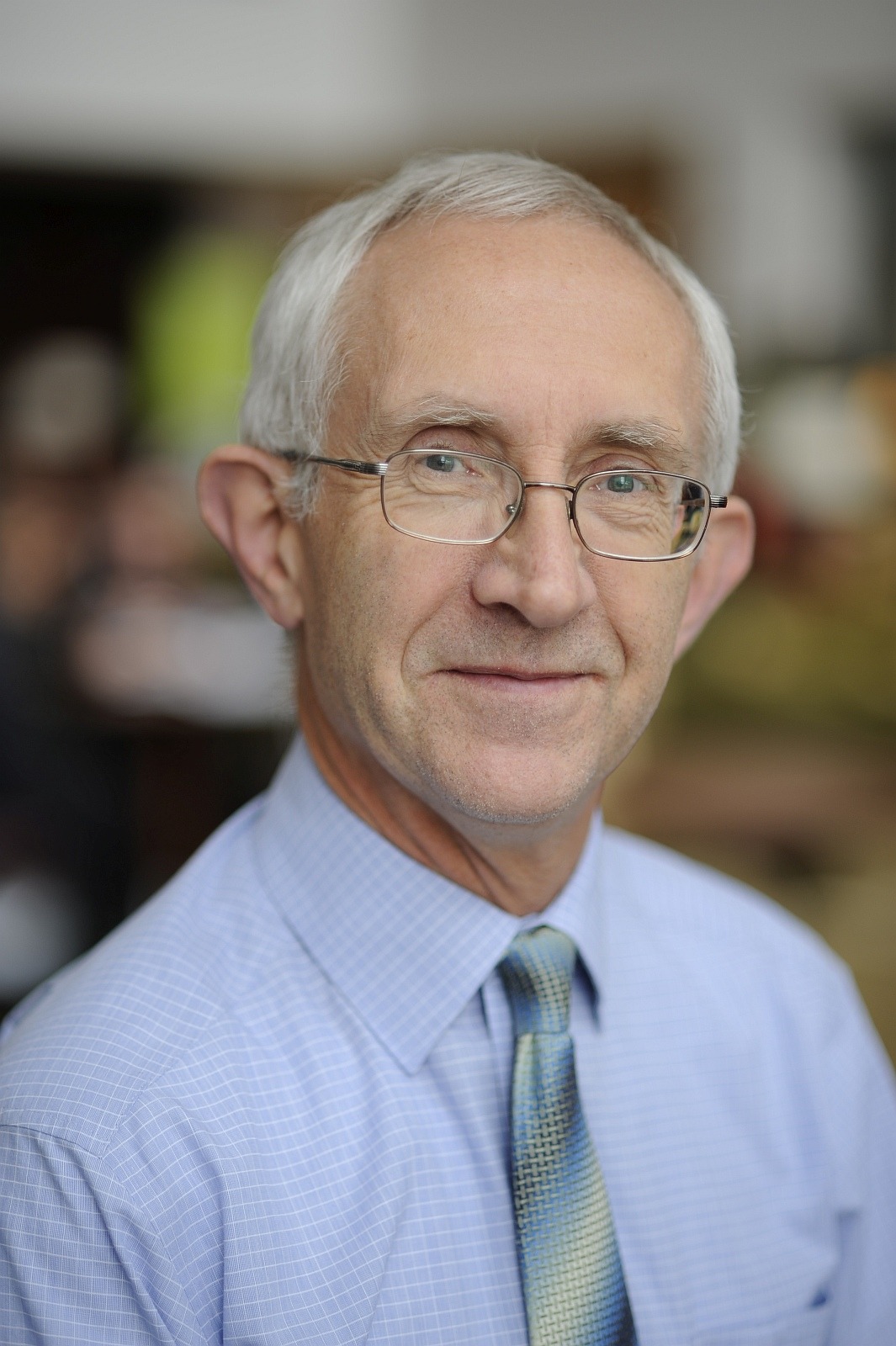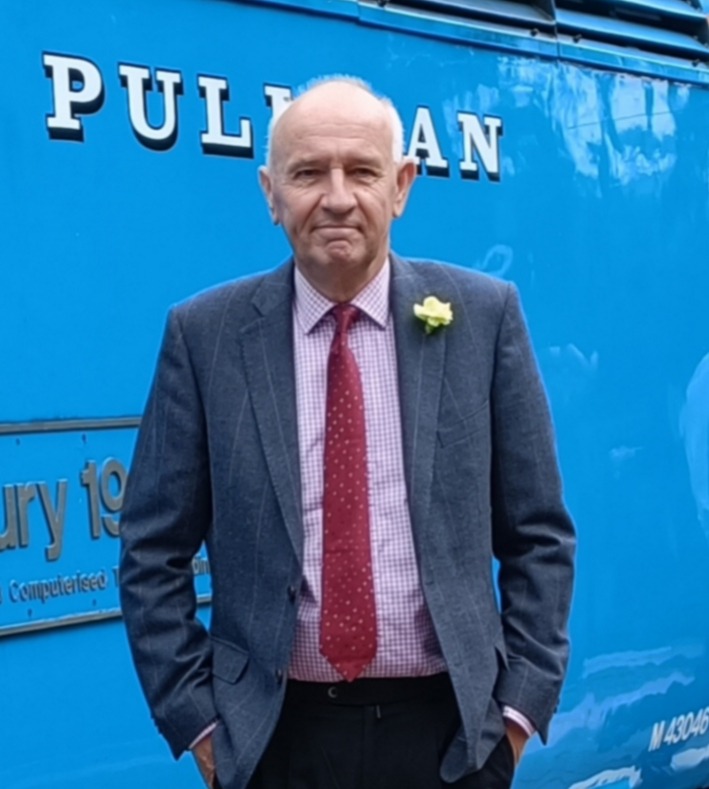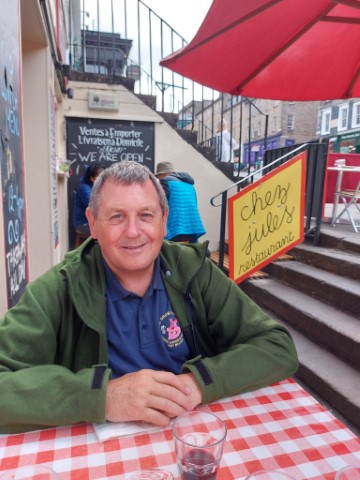About Scottish Association for Public Transport
The Scottish Association for Public Transport campaigns for
- An efficient world-class transport system for Scotland.
- Sustainable public transport for rural and urban communities
- City streets free from road traffic pollution and congestion
- Co-ordinated train, bus and ferry services
- High Speed Rail for Scottish InterCity and Anglo-Scottish routes
The Scottish Association for Public Transport is campaigning nationally for a fully integrated zero-carbon public transport system, with rail forming the backbone of a co-ordinated network of trains and local buses. Given the long distances involved in travelling in parts of Scotland, limited electric road vehicle range and sparsity of charge points are likely to make car travel more problematical. This will make it essential to provide communities with access to an effective public transport system.
Public transport costs the Scottish Government £2 billion every year. Buses and trains are essential for many people and for reducing car travel and emissions. But in the current financial climate, the Scottish Government is likely to seek short-term economies in operation.
A new far-sighted public transport strategy is needed to reverse decline in local bus services and cut the high ScotRail subsidy. To reduce duplication and shortcomings in public transport, organisational changes may be needed to boost use and value for money. Comparing transport systems elsewhere has identified two issues that could be very relevant in Scotland:
- Replacing high-cost suburban trains with Metro systems with control devolved to city regions. Many metro systems do not need revenue support and attract high levels of usage. (Compare Glasgow where suburban trains consume about 25% of the total cost of ScotRail)
- Franchising local bus services to co-ordinate timetables, integrate ticketing and eliminate duplication, allowing revenue support to be concentrated on strategic route networks.
To find out more details about SAPT’s comprehensive recommendations for a sustainable, integrated rail, bus and ferry system for Scotland please request details by emailing scottishtransport@hotmail.com .
See booklet below for info on first 50 years of campaigning – from 1962 to 2012.
See Policy statements for more detail
- Rail Policy
- Bus Policy
- Ferry Policy
See Newsletters section for news updates from 2013 to 2024.
The Scottish Association for Public Transport Constitution is found here
Office bearers and Committee
Click the photo to read the biography.
Regional Representatives
Click the photo to read the biography.

vacant
Southwest

Ray
Flint
Fife

vacant
Nestrans

Dr John
Logie
Highlands & Islands

Rolf
Schmidt
Highlands & Islands
